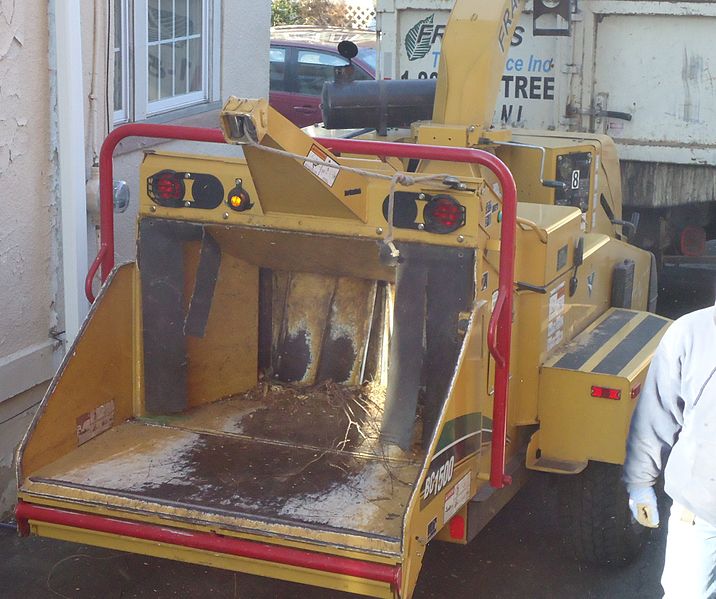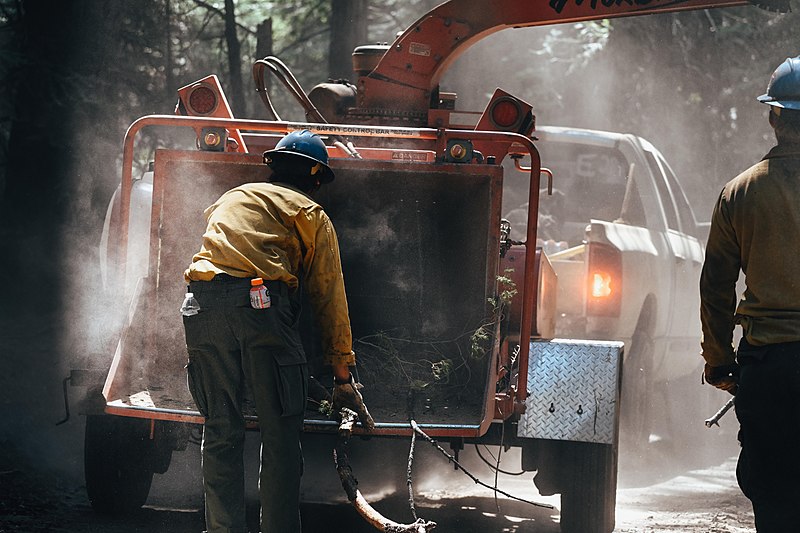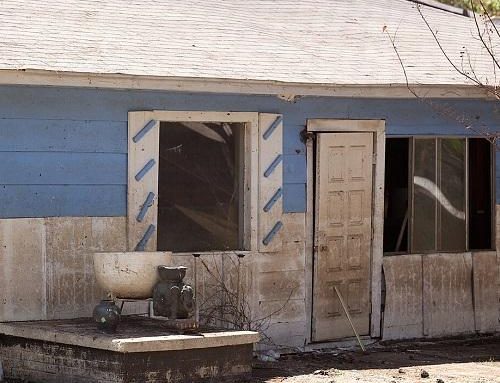One of the most powerful and awe-inspiring machines you might encounter in your line of work—the mighty wood chipper. Now, before we get into the nitty-gritty, let me paint you a picture. Picture a machine with a voracious appetite, capable of gobbling up tree limbs, branches, and trunks and turning them into tiny wood chips faster than you can say “timber.” That, my friends, is the wood chipper—a true marvel of engineering.
But as impressive as these machines are, they’re also the stuff of horror movies. You’ve seen the scenes—a moment of inattention, and it’s game over for some poor sap. Now, I’m not here to scare you, but I am here to remind you that accidents involving wood chippers are all too common, and the results can be downright grisly. In 2020 alone, five workers met their maker in chipper-related accidents. That’s a sobering statistic, ain’t it?
So let’s get down to business and talk about how you can use a wood chipper safely and keep all your fingers, limbs, and other important body parts intact. And because I know you’re all busy folks, I’ve put together some handy bullet points for your easy reading pleasure:
- Suit up! Wear the right safety gear. We’re talking eye protection, earplugs, a hard hat or helmet, gloves, and steel-toed work boots with skid-resistant soles. Keep your clothing close-fitting and avoid cuffs, jewelry, and anything else that might dangle. Got long hair or a bushy beard? Tie it up or tuck it away.
- Know your machine inside and out. Before you even think about starting that chipper, read the operating manual and familiarize yourself with the safety controls, start-up and shut-down procedures, and emergency stop or reverse functions. Trust me, this ain’t the time to wing it.
- Inspection time! Before each use or shift, give that chipper a thorough once-over. Make sure the disc hood is latched, the infeed chute is clear of foreign objects, and all bolts and pins are tight. Check the blades for wear or damage—a clogged feed can send debris flying back at you.
- Don’t skimp on the guards. OSHA ain’t kidding around with their machine guarding standards, and neither should you. Make sure your chipper has the necessary guards in place to protect you from rotating parts and flying debris.
- Mind your surroundings. Keep the discharge chute pointed away from people and traffic, and designate someone to stand near the emergency shut-off switch. Chippers have a heck of a pull, and a worker caught in one won’t be able to reach that safety device. Never work alone with a wood chipper.
- Check your debris. Before feeding anything into the chipper, make sure it’s free of foreign objects. And for the love of all that’s good and holy, don’t throw other materials into the machine.
- Stay clear as you feed. Stand to the side of the infeed chute and use a wooden push tool or long branch to feed in the material. Always go butt-end first and stack shorter branches on top of longer ones.
- Size matters. Don’t overfeed your chipper—stick to material that’s within its rated capacity. Industrial chippers can handle wood from 6 to 12 inches in diameter, so choose your machine wisely. As for small debris, toss it in the trash, not the chipper.
- Lock it down. Before clearing a chute or changing blades, immobilize the disc or roller.
Now, I’ll be the first to admit that wood chippers are impressive pieces of machinery. Manufacturers have been busy adding all sorts of engineering controls to make them safer, like feed tray extensions, rubber curtains, pressure-sensitive bottom feed stop bars, and emergency pull ropes. But all the engineering controls in the world ain’t gonna save you if you don’t use some good old-fashioned common sense.
Chipper accidents are rarely minor, folks. Amputations can happen in the blink of an eye—less than half a second, to be exact. So to avoid starring in your own horror story, never become complacent. Keep your wits about you and always follow best practices for safe chipper operation.

And while we’re on the subject of safety, let’s talk about some of the other hazards you might encounter while operating a chipper. It’s not just about keeping your limbs intact; there are other dangers to consider:
- The noise, oh, the noise! Chippers are loud, and that means hearing loss is a real concern. So don’t skimp on those earplugs.
- Watch your face, eyes, and hands. Debris can go flying, and you don’t want to take a wood chip to the face. Safety glasses and a face shield are your friends, and don’t forget the gloves to protect your hands.
- Follow the manufacturer’s guidelines. Every chipper is a little different, so take the time to read the safety instructions and follow them to the letter.
- Training, training, training. Whether you’re a seasoned pro or a newbie on the crew, proper training on the safe operation of chipper machines is a must. Supervise new workers and make sure they know how to work safely without endangering themselves or others.
- Guard the infeed and discharge ports. Keep access covers and doors closed until the drum or disc comes to a complete stop. No peeking inside while the machine is running!
- Keep that chipper from rolling. If you’re working with a detached trailer chipper on a slope, chock those trailer wheels to keep it from sliding away.
- Maintain a safe distance. When you’re operating a chipper, keep other tree work and workers at least two tree or log lengths away. Nobody wants to be in the line of fire.
- Lockout before servicing. If you’re unjamming or maintaining your chipper, use a lockout system to de-energize the equipment. Safety first, folks!
So there you have it—a crash course in chipper machine safety. Whether you’re chipping away at a mountain of brush or just tackling a weekend project, remember to stay safe and keep all your digits where they belong. Happy chipping!
That’s all for now, folks. Thanks for joining me on this journey through the wonderful world of wood chippers. Till next time.
References:










